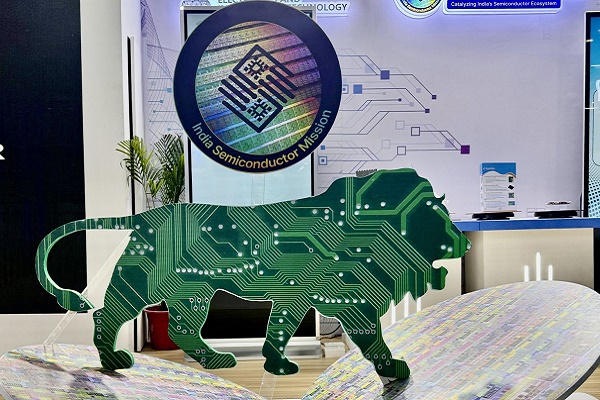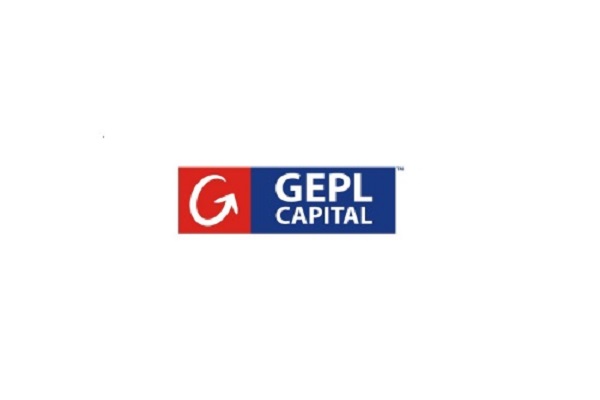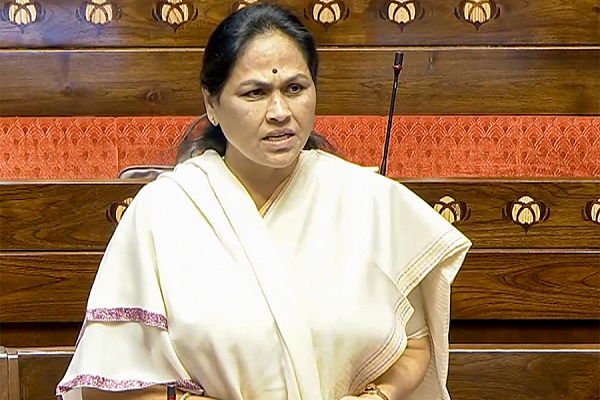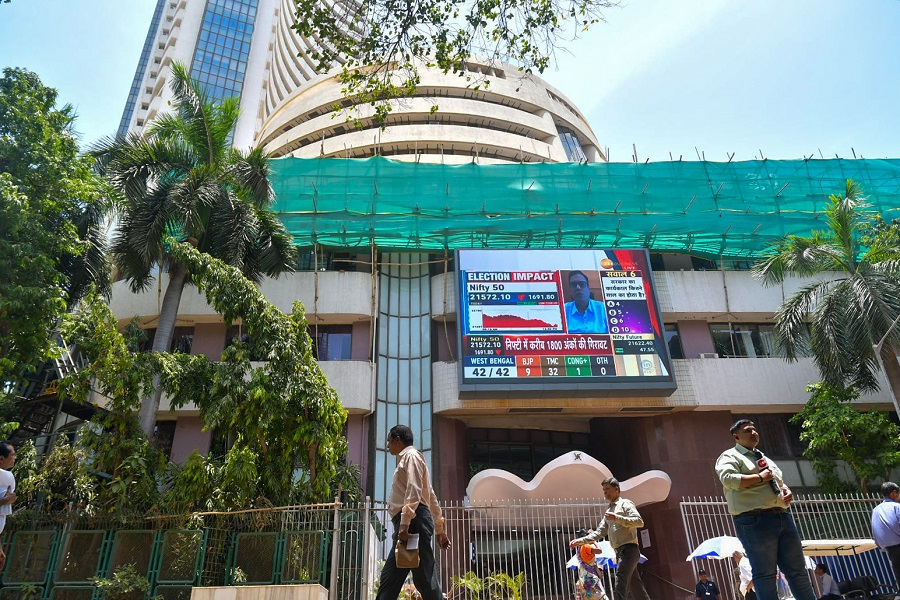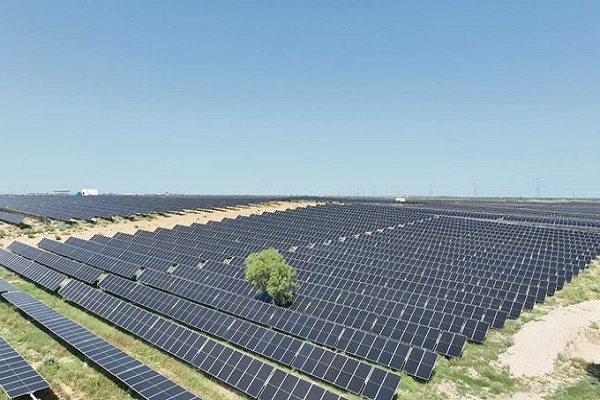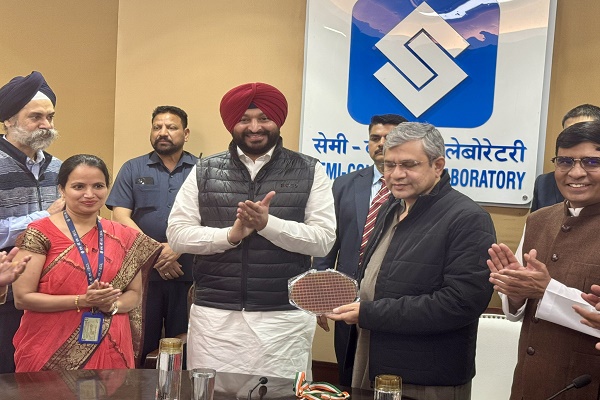Khyati Global Ventures coming with IPO to raise Rs 18.30 crore

Khyati Global Ventures
- Khyati Global Ventures is coming out with an initial public offering (IPO) of 18,48,000 equity of face value of Rs 10 each for cash at a fixed price of Rs 99 per equity share.
- The issue will open on October 04, 2024 and will close on October 08, 2024.
- The shares will be listed on SME Platform of BSE.
- The share is priced 9.90 times higher to its face value of Rs 10.
- Book running lead manager to the issue is Aryaman Financial Services.
- Compliance Officer for the issue is Charu Srivastava.
Profile of the company
Khyati Global Ventures is an Exporter and Re-packager of variety of FMCG products which include sub-categories of Food stuff, Nonfood FMCG products, Household Products, Festive handicraft items and it also deals in the Pharmaceutical products. The ocmpany’s major customers are wholesalers and super market importers who runs a chain of supermarkets located in foreign countries. Its endeavor to facilitate one stop vendor for its customers every purchase need, along with its competitive pricing due to its local market knowledge, careful product assortment and supply chain efficiencies, has helped it to achieve growth and success. The company deals in basic items used by end consumers in day-to-day life.
The company’s business approach is to sell quality goods at competitive prices. The majority of products dealt by it is everyday products forming part of basic rather than discretionary spending. The company purchases products from manufacturer directly while rest is purchased from vendors dealing in the product. While the local products such as flour, spices, grains, pulses of various types, etc. are procured in bulk packaging and then are re packaged in customised pack. Repackaging work is mostly done by manufactures/ vendors wherein it sends the packaging materials and labels to be used for re-packaged products while few repackaging is done at its warehouse. The company even provides private label facility on the products as required by its customers. It endeavors to minimise its operating costs in several ways such as entering into long-term lease arrangements for a warehouse, procuring goods directly from vendors and manufacturers, employing an efficient logistics and distribution system and maintaining a strong focus on product assortment to minimise inventory build-up, supported by efficient inventory planning.
The company is asset-light in respect of its plant, property and equipment which enable it to achieve a high return on capital employed, with a substantial portion of its sales being generated through its warehouse. By using economies of scale, it is able to optimize several costs such as its rental, administration, maintenance and employee costs, thereby leading to improved profitability. The company is supported by IT and operational management systems specific to its business needs. These systems streamline many of its functions including procurement, sales, supply chain and inventory control processes and daily produce updated information to support its business.
Proceed is being used for:
- Funding working capital requirements
- General corporate purposes
Industry Overview
The FMCG sector in India expanded due to consumer-driven growth and higher product prices, especially for essential goods. FMCG sector provides employment to around 3 million people accounting for approximately 5% of the total factory employment in India. FMCG sales in the country was expected to grow 7-9% by revenues in 2022-23. The key growth drivers for the sector include favourable Government initiatives & policies, a growing rural market and youth population, new branded products, and growth of e-commerce platforms. Resilience needs to be the key factor in the manufacturing process, daily operations, retail and logistic channels, consumer insights and communication that will help FMCG companies to withstand the test of time and create more value for consumers in the long run. India’s fast-moving consumer goods (FMCG) sector grew 7.5% by volumes in the April-June 2023 quarter, the highest in the last eight quarters, led by a revival in rural India and higher growth in modern trade.
FMCG market reached $167 billion as of 2023. Total revenue of FMCG market is expected to grow at a CAGR of 27.9% through 2021-27, reaching nearly $615.87 billion. In 2022, urban segment contributed 65% whereas rural India contributed more than 35% to the overall annual FMCG sales. Good harvest, government spending expected to aid rural demand recovery in FY24. The sector had grown 8.5% in revenues and 2.5% in volumes last fiscal year. In the January-June period of 2022, the sector witnessed value growth of about 8.4% on account of price hikes due to inflationary pressures. In Q2, 2022, the FMCG sector clocked a value growth of 10.9% Y-o-Y higher than the 6% Y-oY value growth seen in Q1. Indian food processing market size reached $307.2 billion in 2022 and is expected to reach $547.3 billion by 2028, exhibiting a growth rate (CAGR) of 9.5% during 2023-2028.
Rural consumption has increased, led by a combination of increasing income and higher aspiration levels. There is an increased demand for branded products in rural India. On the other hand, with the share of the unorganised market in the FMCG sector falling, the organised sector growth is expected to rise with an increased level of brand consciousness, augmented by the growth in modern retail. Another major factor propelling the demand for food services in India is the growing youth population, primarily in urban regions. India has a large base of young consumers who form most of the workforce, and due to time constraints, barely get time for cooking. Online portals are expected to play a key role for companies trying to enter the hinterlands. The Internet has contributed in a big way, facilitating a cheaper and more convenient mode to increase a company’s reach. The number of internet users in India is likely to reach 1 billion by 2025. It is estimated that 40% of all FMCG consumption in India will be made online by 2020. E-commerce share of total FMCG sales is expected to increase by 11% by 2030. It is estimated that India will gain $15 billion a year by implementing GST. GST and demonetisation are expected to drive demand, both in the rural and urban areas and economic growth in a structured manner in the long term and improved the performance of companies within the sector.
Pros and strengths
Well established infrastructure facilities: The company’s facility comprises of four office spaces 50, 54, 58 and 59 situated at 2nd Floor, Juhu Supreme Centre CHSL, Juhu, Maharashtra. It also has a warehouse located at W-160, TTC Industrial Area, Pawane MIDC, Navi Mumbai, Maharashtra. Its warehouse is well equipped with power, water and other utilities used in its operation. The area of warehouse is spread across 20,000 sq ft enabling access to huge space for ease of unloading its products from various vendors. Goods from various vendors across its country are procured and unloaded at its facility. The company’s products are exported through vessels in which containers are loaded. Product of each customer are loaded in Container i.e container stuffing at its warehouse.
Diverse range of product in its portfolio: The company deals in various product in the categories of Food stuffs, Non-Food FMCG Products, Pharmaceuticals, Household products, festive, Pooja and Handicraft items. The company deals with Indian brands used worldwide such as Everest, Parle G, MDH, Fortune, Aashirvaad, Gowardhan, Balaji Wafers, Haldiram’s, Himalaya, Dove, Colgate, Unilever, Godrej, etc and locally manufactured products. Few products are procured from manufacturer or vendor directly while rest are purchased from vendors dealing in the product. While the local products such as flour, spices, grains, pulses of various types, etc are procured in bulk packaging and then are re packaged in customised pack. The company even provides private label facility on the products as required by its customers. Each brand in its portfolio has a differentiated value proposition that enables it to acquire new users with distinct needs and preferences and address any additional requirements of its existing user base.
Focus on export business: The company strives to be the export hub for FMCG products. The company has exported the food stuffs, cosmetics, Household products, pharmaceuticals and handicraft items to more than 40 countries till date. The company is being one stop solution for its products and being able to deliver such items to foreign countries supermarkets so that end consumer can have access to Indian Products of good quality and at affordable price.
Risks and concerns
Significant revenue comes from limited customers: The company’s top five and ten customers may vary from period to period depending on the demand and thus the composition and revenue generated from these customers might change as it continues to add new customers in normal course of business. The company garnered 54.38%, 53.47% and 64.49% of its total revenue from top 10 customers in FY24, FY23 and FY22 respectively. Since its business is dependent among few significant customers, it could experience a reduction in its results of operations, cash flows and liquidity if it loses one or more of these customers or the amount of business it obtains from them is reduced for any reason. Further, in the event of loss of one or more set of such customers on whom it is dependent for its business, it cannot assure that it may be able to offset such loss of business by identifying a new customer of its products.
Products are semi-perishable in nature: The company sells a wide variety of savoury products including ethnic snacks such as namkeen and gathiya, western snacks such as wafers, snack pellets and extruder snacks, along with fast-moving consumer goods that include papad, spices, gram flour or besan, noodles, rusk and soan papdi, which are semi-perishable in nature. These products are semi-perishable in nature and the average shelf life of its products ranges from three to nine months. As its products are semi-perishable, any inaccuracies in predicting demand could result in excess inventory and subsequent wastage of the products. This wastage could have an adverse effect on its business, financial condition, results of operations, cash flows, and reputation. While there has not been any instance in the last three Fiscals and in the three months ended June 30, 2024 where its business, results of operations and cash flows were adversely affected on account of the aforesaid risks, it cannot assure that such instance will not arise in the future.
Limited storage capacity: Large warehousing capacity is the key growth driver in trading business. Large warehousing ensures a regular supply of goods into the marketplace by being able to procure goods in bulk quantities and then releasing them to various customers in the varied quantities required by them. Maintaining consistent stock levels helps prices to stay stable, making it easier for businesses to forecast profit and loss. Large warehousing facility also helps in attracting a variety of customers by providing them with a wide range of products and meeting their order requirements in a timely manner. Though, the company has a warehouse space at W-160, TTC Industrial Area, Pawane MIDC, Navi Mumbai, Maharashtra, where currently its entire stock is comfortably stored, it cannot guarantee that this space will be sufficient to store its future procurements. This may restrict its storing capacity and in turn restrict the variety of products which it can procure and store. Inability to meet customer demand due to inadequate storage may adversely affect the company’s reputation, business and results of operation.
Outlook
Khyati Global Ventures is an exporter and repacker of a variety of FMCG products which include sub-categories of food, non-food FMCG products, household products, and festive handicrafts. The company also deals in pharmaceutical products. The company has exported foodstuffs, cosmetics, household products, pharmaceuticals, and handicraft products to more than 40 countries. On the concern side, the company is significantly dependent on few customers for its revenue in a particular financial year. The loss of any one or more of such customer may have a material effect on its business operations and profitability. The company derives majority of its revenue from export of its products. Loss of orders from the foreign country and change in their requirement or fall in budget will have material adverse effect on its business, financial condition and result of operation.
The company is coming out with a maiden IPO of 18,48,000 equity shares of Rs 10 each at a fixed price of Rs 99 per share to mobilize Rs 18.30 crore. On performance front, the company reported 10.20% rise in its revenue to Rs 10,346.36 lakh in FY24 as compared to Rs 9,388.75 lakh in FY23. The increase in the year 2024 was due to increase in the delivery of products as compared to last year. Moreover, the company’s profit after tax decreased 26.40% from Rs 344.00 lakh in FY23 to Rs 253.16 lakh in FY24.
In order to effectively expand its product portfolio, business areas and also increase in the number of verticals and explore various geographical locations, along with effectively utilizing its existing facilities, the company needs to have access to a larger amount of liquid funds and sufficient working capital. It wants to give more credit period to its debtors to increase its sales and simultaneously it wants to reduce its credit period to get better pricing to increase its profitability. Further there is growing demand for Indian products globally and it is well positioned to take advantage of such growing demands in the global FMCG industry. Due to this growing demand, it expects to increase its order taking appetite thus increasing its volumes, revenues and scale of operations and it will require substantial working capital for the same.




